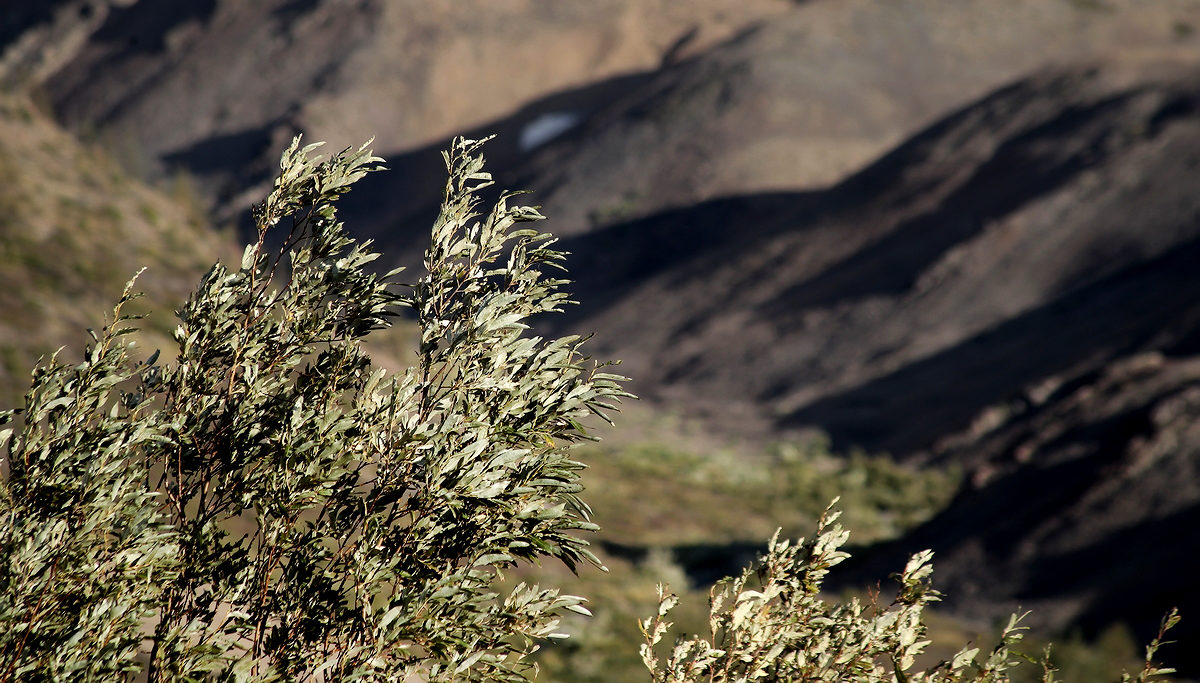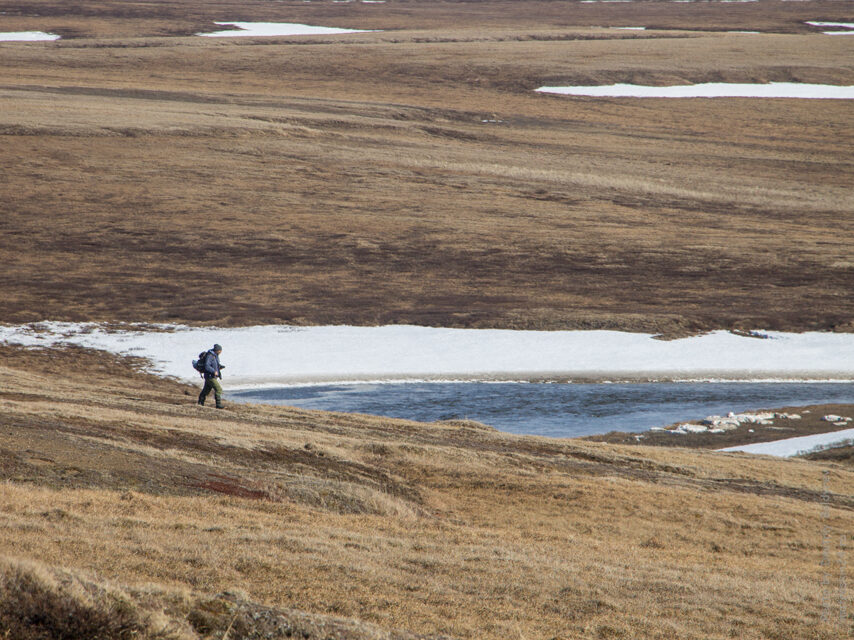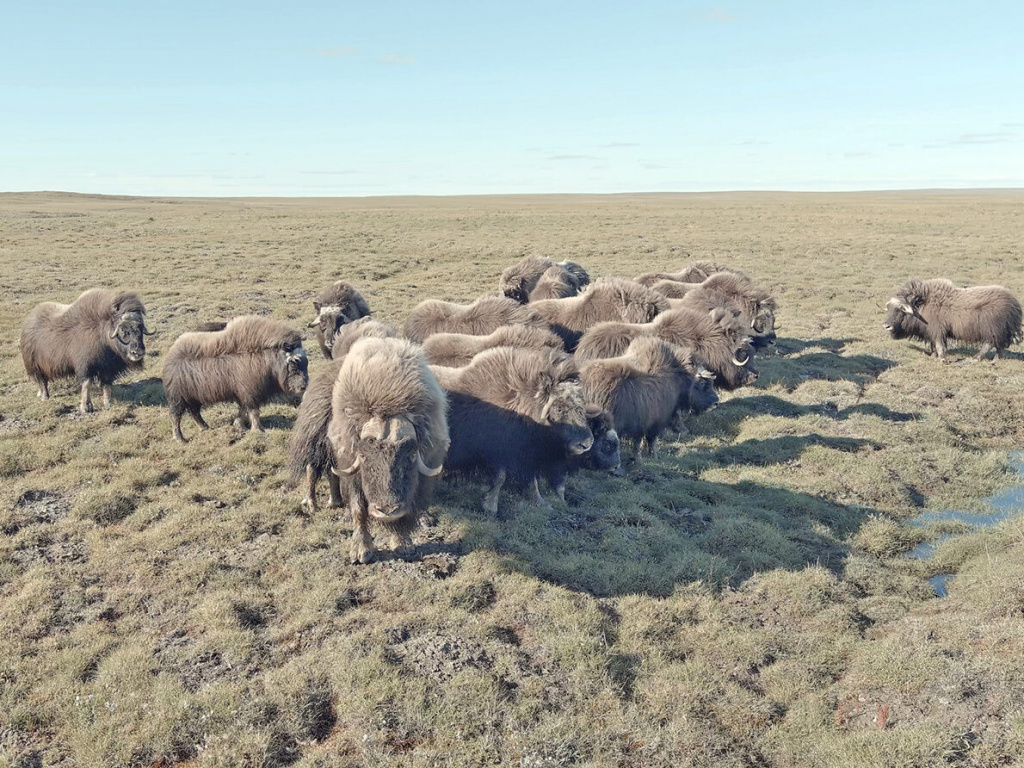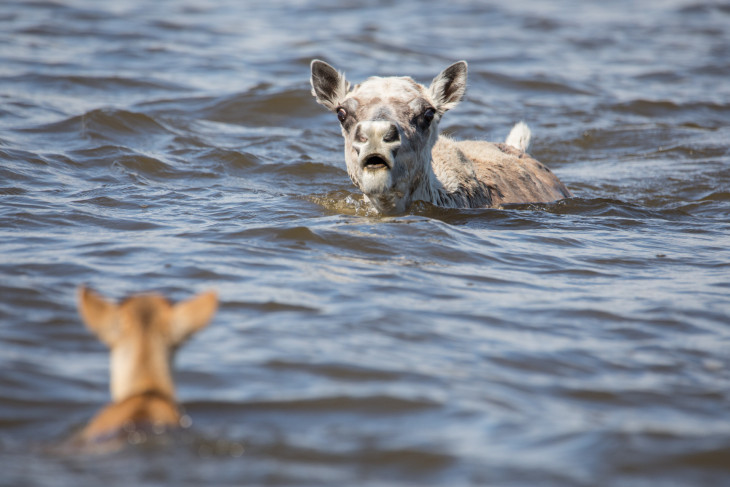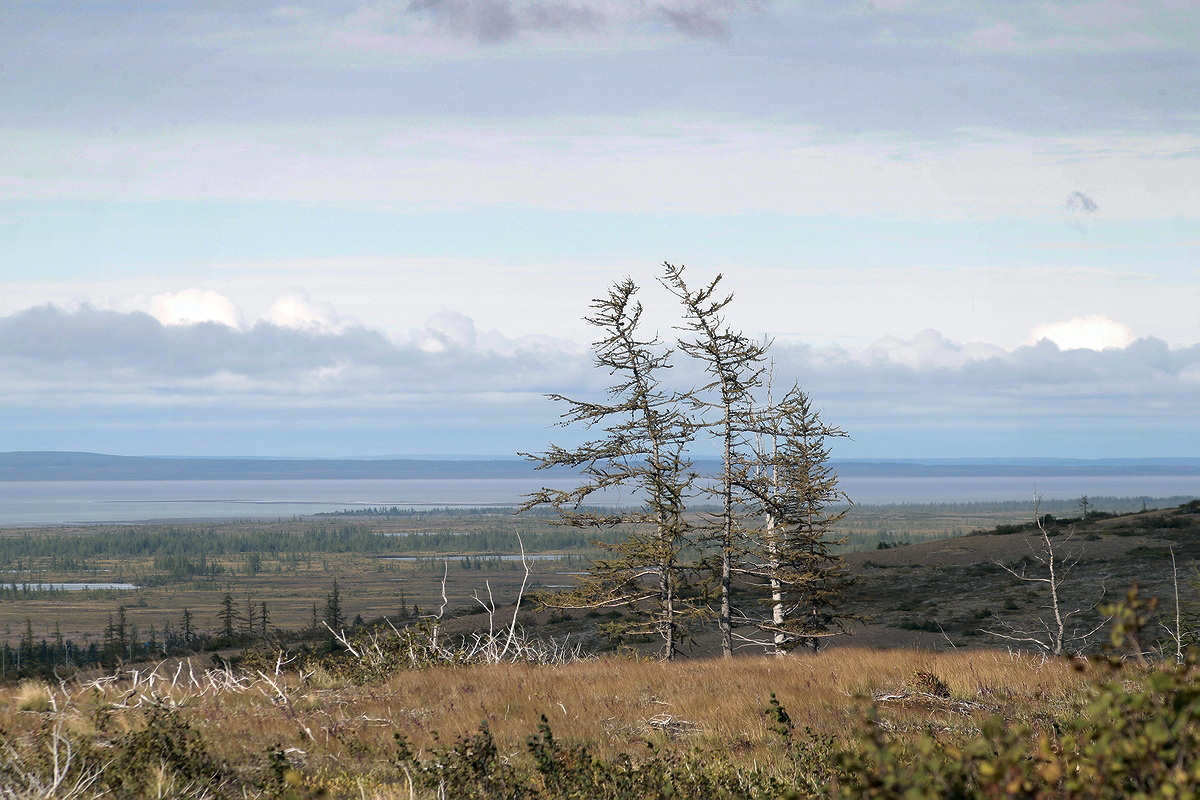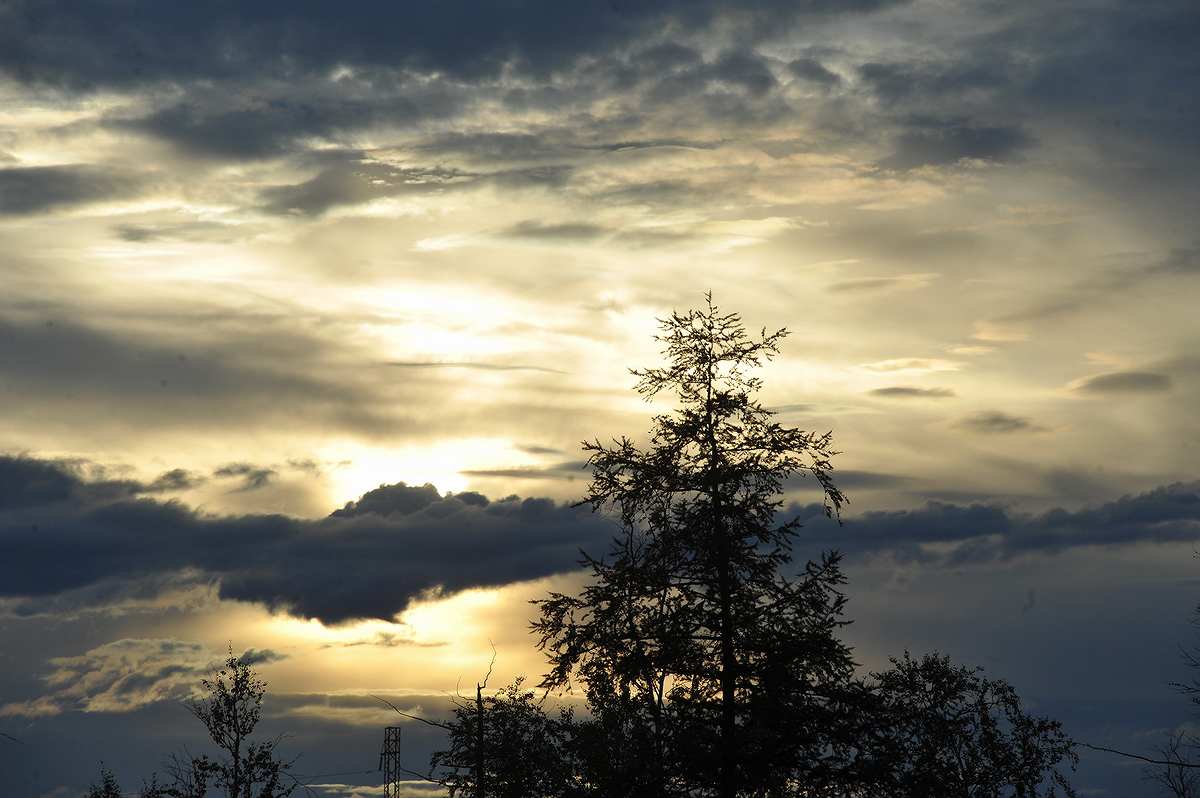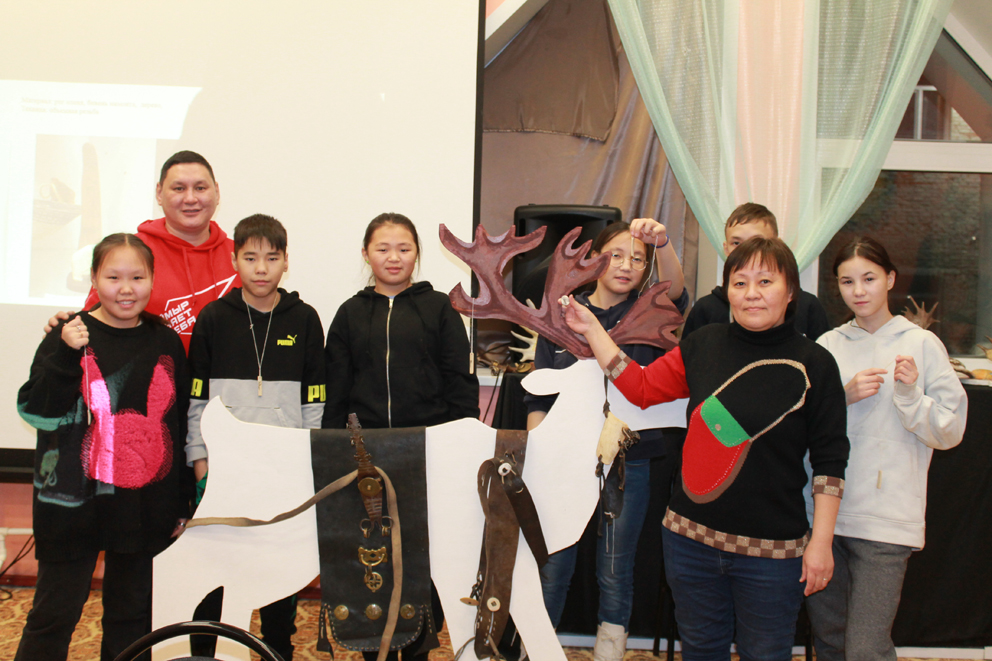#ARCTIC. #SIBERIA. THIS IS TAIMYR. The Taimyrsky State Natural Biosphere Reserve is one of the oldest and largest in Russia: the protected area is 1.7 million hectares. In its expanses, the northernmost forests in the world are preserved.
“For example, a few years ago, it was our scientists who discovered that the number of wild reindeer passing through the reserve territory noticeably decreased. The main reason, as it turned out, was the climate warming and the rivers opening earlier than in previous years, because of which the young deer did not have time to cross the ice. Unfortunately, there have been cases of poaching”, said Larisa Stryuchkova, a leading public relations specialist at the Taimyr Reserves federal state budgetary institution, in an interview with GoArctic.
Russian conservation work is built on three pillars: protection, science, environmental education. Tourism, for example, is only part of the environmental education work of nature reserves.
“Our task is to create the appropriate infrastructure, from laying trails to building guest houses. Taking into account the load on the natural environment, we develop routes of varying complexity and length”.
Some areas of the Taimyr Reserve can only be reached by helicopter, and due to the inaccessibility, the reserve protects itself. And for scientists, virgin territories are a source of discoveries, sometimes sensational.
“Our biologist Elena Pospelova has recently compiled a complete botanical description of the Taimyr and Putoransky reserves. As a result of the Hatanga environs’ floristic survey and comparison with the plant collections collected in 1905-1955, 93 species were found that were not listed in early sources”, Larisa Stryuchkova explained.
An experiment started in 1974 by Norilsk scientists led by Grigory Yakushkin is successfully taking place in the reserve. At that time, about 20 musk oxen were brought to Taimyr. Animals have taken root and have mastered new places. In remote locations, Taimyr musk oxen are monitored using an automated identification system.
The Taimyrsky Reserve is located on the territory of Hatanga – 1.59 million hectares and Dikson – 190 630 hectares. That is, the lands are part of the ancient man-nature ecosystem – the culture of local nomadic peoples, Dolgans and Nenets. It is very important to preserve their experience of being in nature and with nature, notes Larisa Stryuchkova.
“These people never harmed the environment, lived in harmony with nature at the domestic and spiritual levels. This tradition is worthy of study and popularization in modern society. It is extremely important to preserve and, if possible, develop all the richness and originality of the material culture of the indigenous peoples of the North. I am talking primarily about folklore and national crafts”.
To support craftsmen from among the indigenous peoples, the reserve, together with the administration of Hatanga, has been holding a festival of crafts for six years: craftsmen demonstrate ancient skills in dressing skins, carving bones, playing the bargan, conducting master classes in making tambourines, things from fish skin, painting on fabric. The event is very popular with both locals and tourists.
Earlier, Dolgan rituals were held in the Taimyrsky Reserve, Norilsk scientists collected material for a film about Taimyr, a spotted woodpecker was first noticed in the Arctic, and a rare Baikal teal was photographed in Taimyr.
Follow us on Telegram, VKontakte.
Text: Anzhelika Stepanova, Photo: Nikolay Shchipko and Dmitry Boldyrev / Taimyr Reserves
